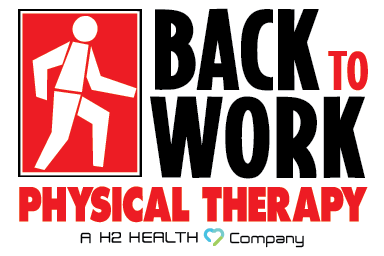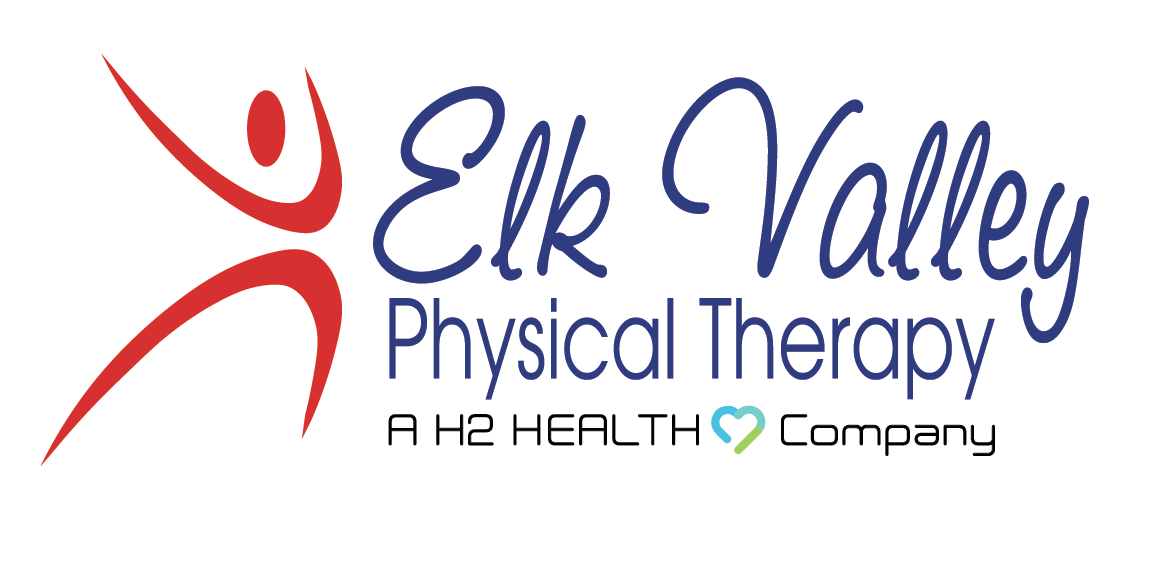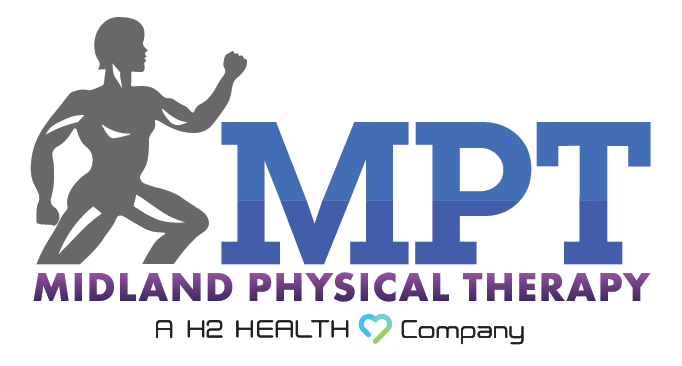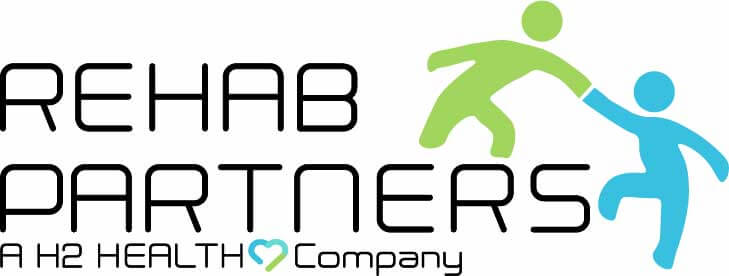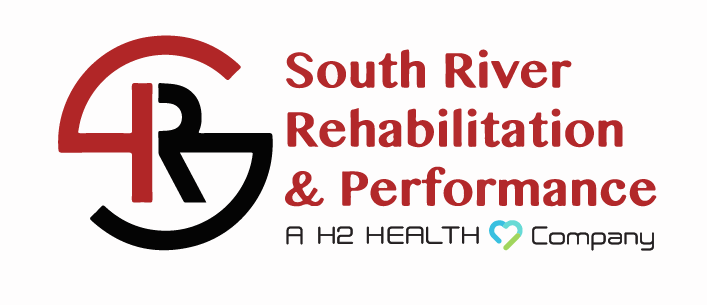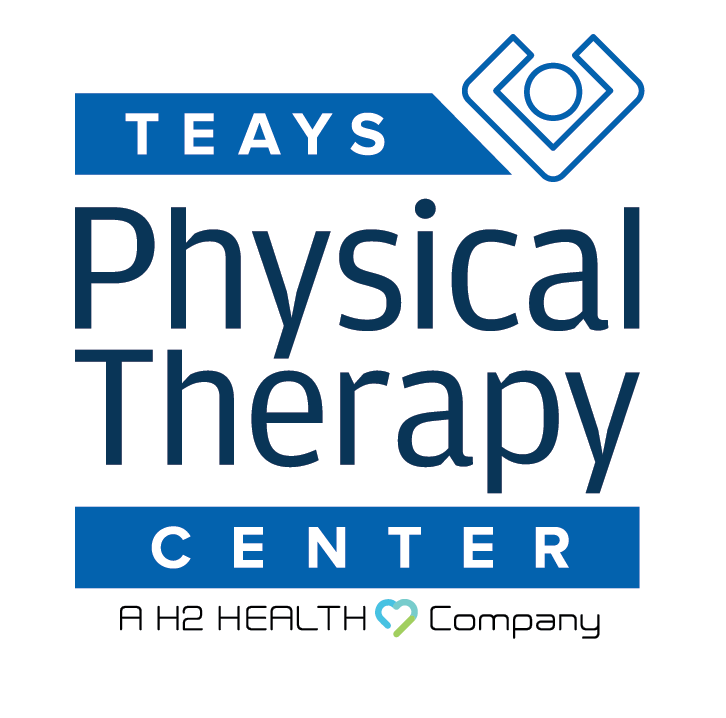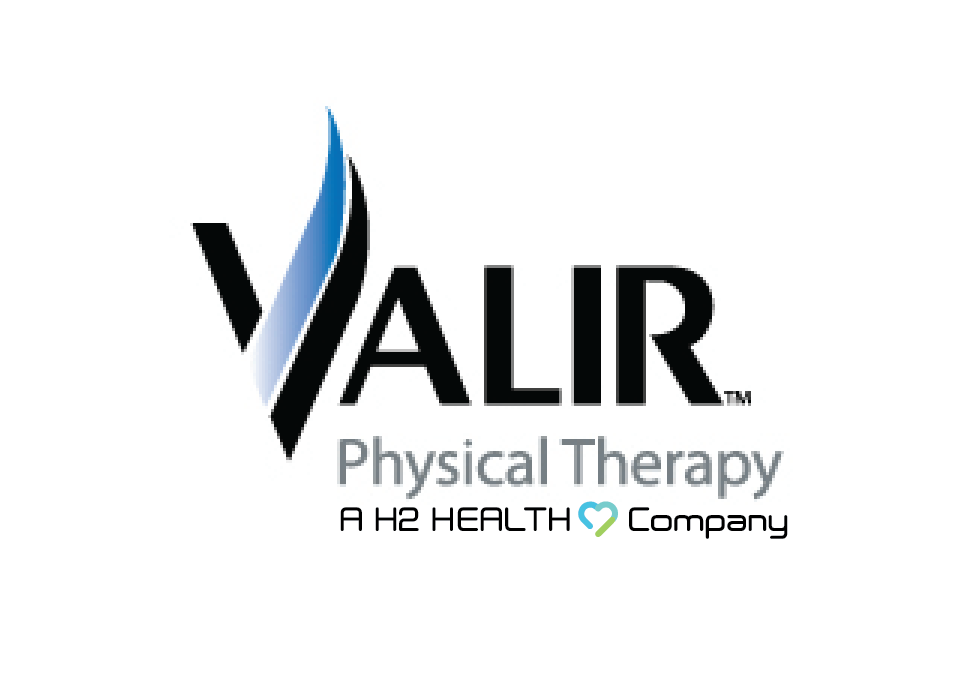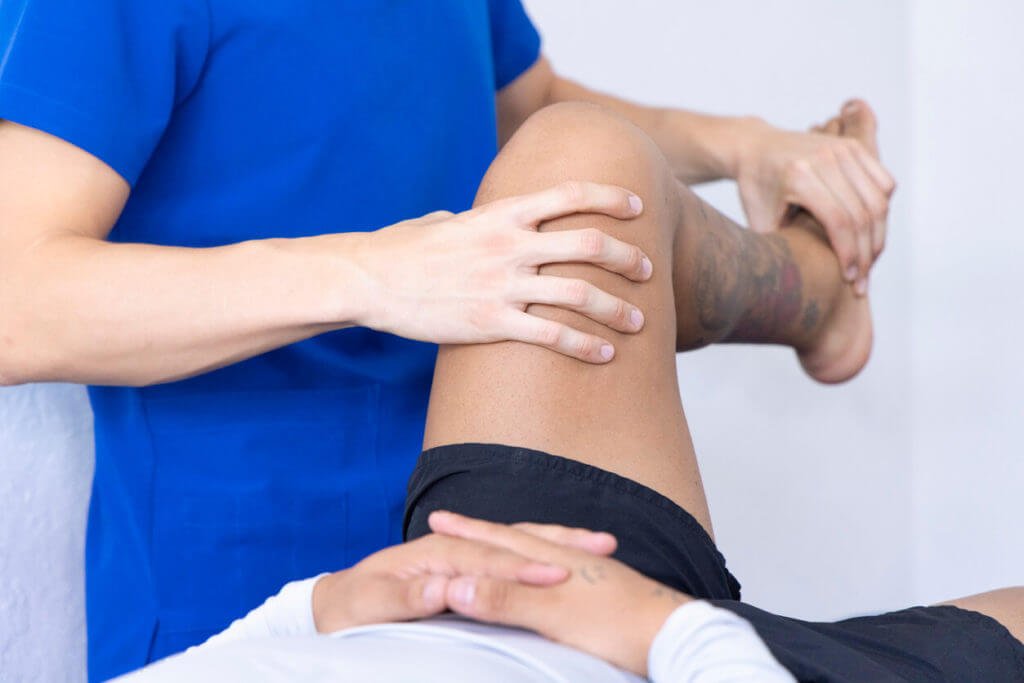
Having a knee replacement surgery can be a huge relief if you’ve had a lot of knee pain. But after the surgery, you might still experience some discomfort and pain. This is totally normal, and physical therapy after knee replacement can help you manage this pain and get back to your daily activities.
In this blog, we will explore how physical therapy after knee replacement can help manage pain and improve mobility.
What is Knee Replacement Surgery?
Knee replacement surgery is when knee doctors remove damaged parts of your knee and replace them with artificial parts. These new parts help your knee move better and reduce pain.
Why Do You Feel Pain After Surgery?
After the surgery, your knee needs time to heal. During this healing process, you might feel pain because:
- Your body is adjusting to the new knee parts.
- Your muscles and tissues around the knee are healing.
- Swelling of the knee is causing discomfort.
Why Pain Management Is Crucial
Taking care of your pain is very important after knee surgery. If you do not take care of it, you could have problems like stiffness and immobility.
If you manage the pain well, it can help you get better more quickly and make it easier to regain your strength and ability to move.
How Physical Therapy Helps
Physical therapy after knee replacement is a very important part of your recovery. A physical therapist will guide you through exercises and activities designed to:
- Reduce pain
- Improve movement in the knee
- Strengthen the muscles around the knee
- Help you return to your normal daily activities
Types of Physical Therapy Exercises
Here are some common types of exercises that might be a part of your physical therapy after knee replacement:
Range-of-Motion Exercises
These exercises help improve how far you can bend and straighten your knee. For example, you may sit on a chair and gently slide your foot back and forth on the floor to gradually increase how far you can move it in each direction.
Strengthening Exercises
These exercises make the muscles around the knee stronger. Strong muscles help support the new knee. You can do exercises like leg lifts or using a stationary bike.
Balance Exercises
Improving your balance is also important to prevent falls. Simple exercises like standing on one foot can help.
Physical Therapy Modalities to Manage Pain
In addition to exercises, physical therapy after knee replacement may include various modalities to help manage pain and promote healing. Here are some common modalities:
Heat and Cold Therapy
- Cold Therapy: Applying ice packs can help reduce swelling and numb pain in knee joints.
- Heat Therapy: Using heat packs can relax muscles and improve blood flow, which helps with healing.
Electrical Stimulation
This involves using small electrical currents to stimulate the muscles around the knee. It can help reduce pain and improve muscle strength.
Ultrasound Therapy
Ultrasound uses sound waves to create heat within your tissues. This can help reduce pain, improve blood flow, and speed up the healing process.
Massage Therapy
Your physical therapist might use their hands to massage and move your knee in specific ways. This can help reduce stiffness and improve movement.
Tips for Managing Pain
Managing pain after knee replacement is important for a smooth recovery. Here are some tips:
- Follow Your Physical Therapist’s Advice: Do the exercises as instructed by your physical therapist. They have extensive knowledge and know what is best for your recovery.
- Use Ice Packs: Applying ice packs to your knee can help reduce swelling and numb pain.
- Take Pain Medication: If your provider prescribes pain medication, make sure to take it as directed.
- Elevate Your Leg: When you are sitting or lying down, prop up your leg up with pillows to reduce swelling.
- Stay Active: Try to move around regularly, but do not overdo it.
Physical Therapy After Knee Replacement at Wilkes-Barre, PA
Recovering from knee replacement surgery takes time and patience. Physical therapy after knee replacement is a key part of this journey.
By doing recommended exercises, using different therapeutic modalities, and following your physical therapist’s advice, you can manage pain and improve your knee’s function.
If you are looking for a therapist who offers physical therapy after knee replacement, look no further. At H2 Health, we have a team of certified physical therapists who offer a wide range of physical therapy services to manage post-op pain, enhance flexibility, and improve mobility.
For more information about physical therapy after knee replacement, call us today at one of the locations near you or book an appointment using our form. We look forward to serving you!










